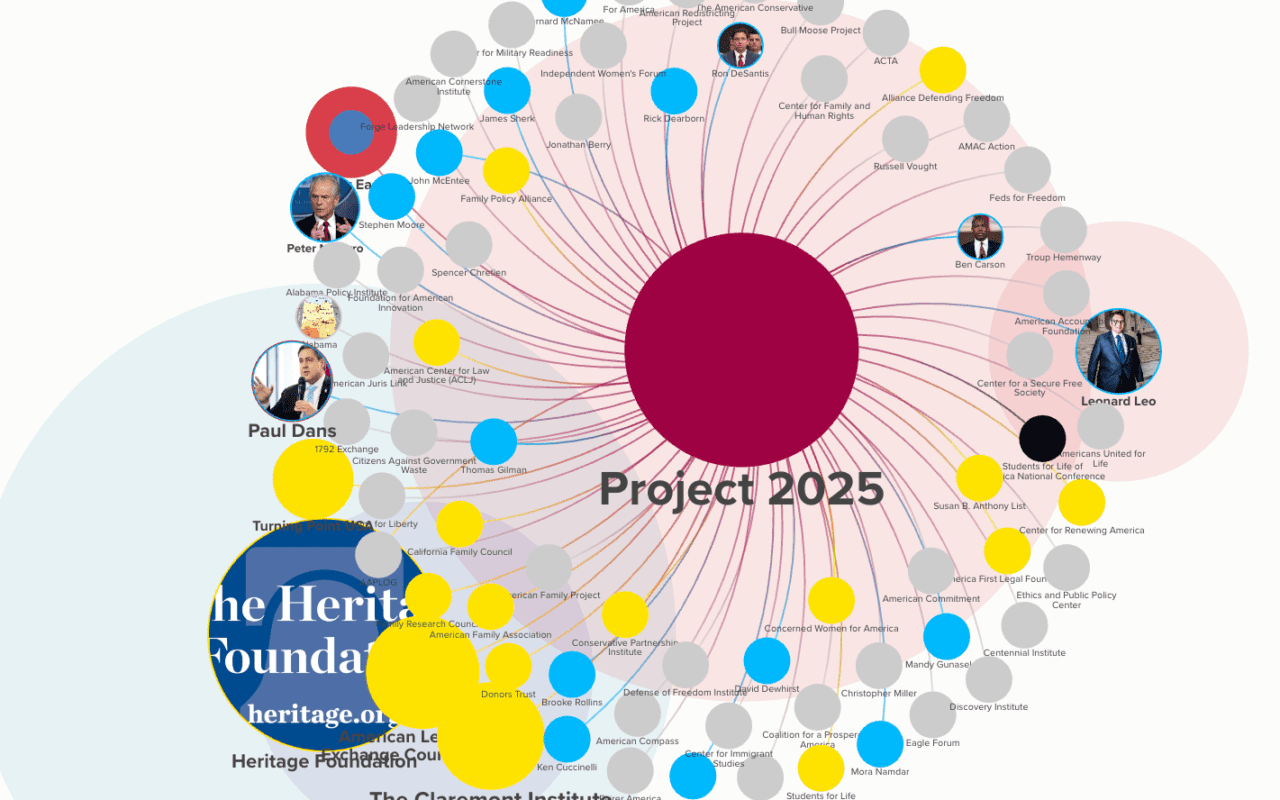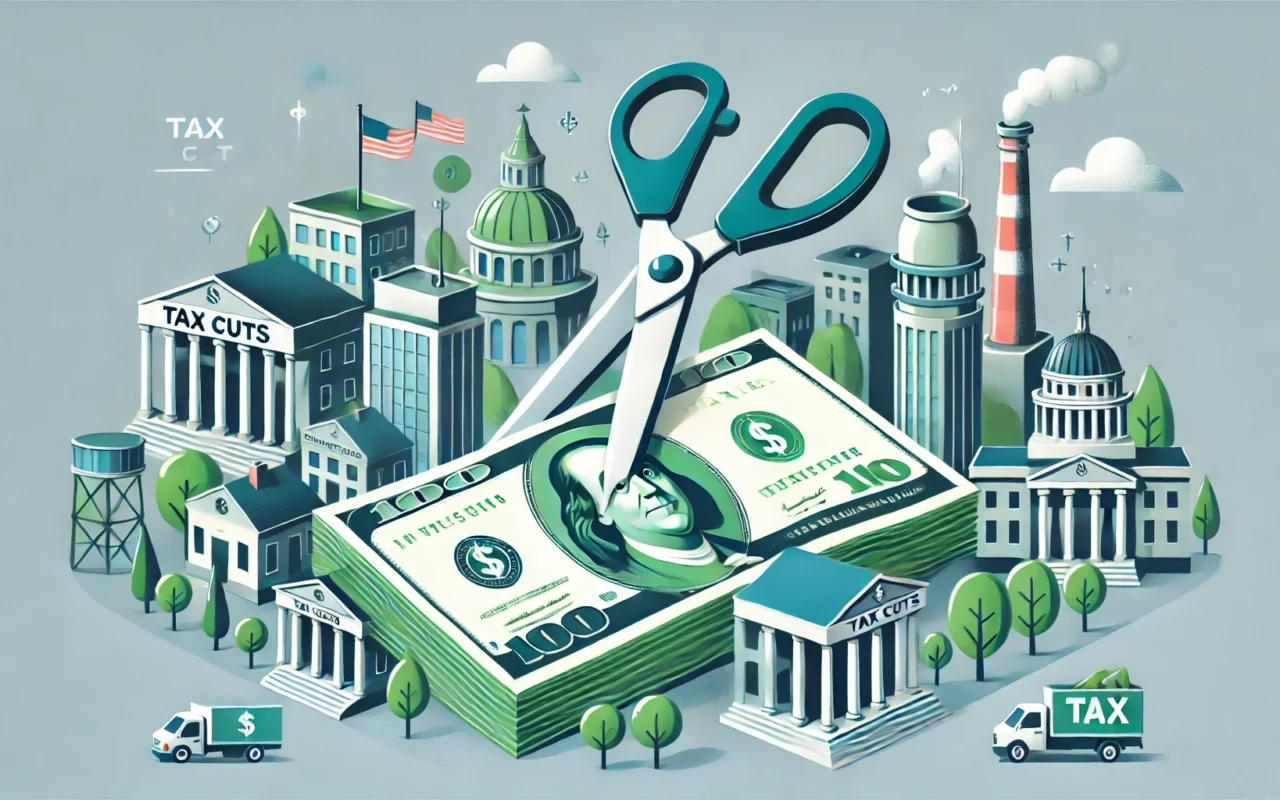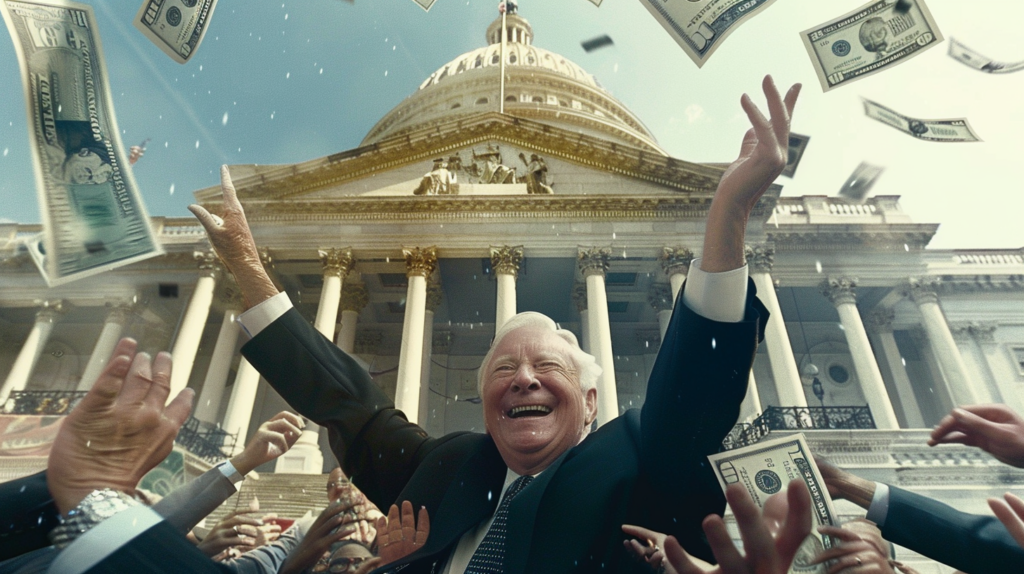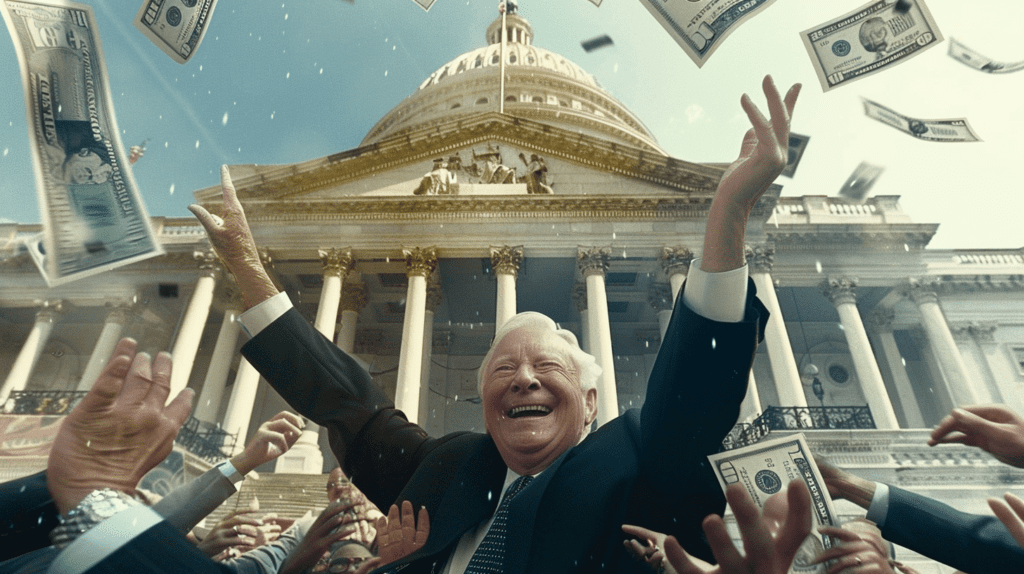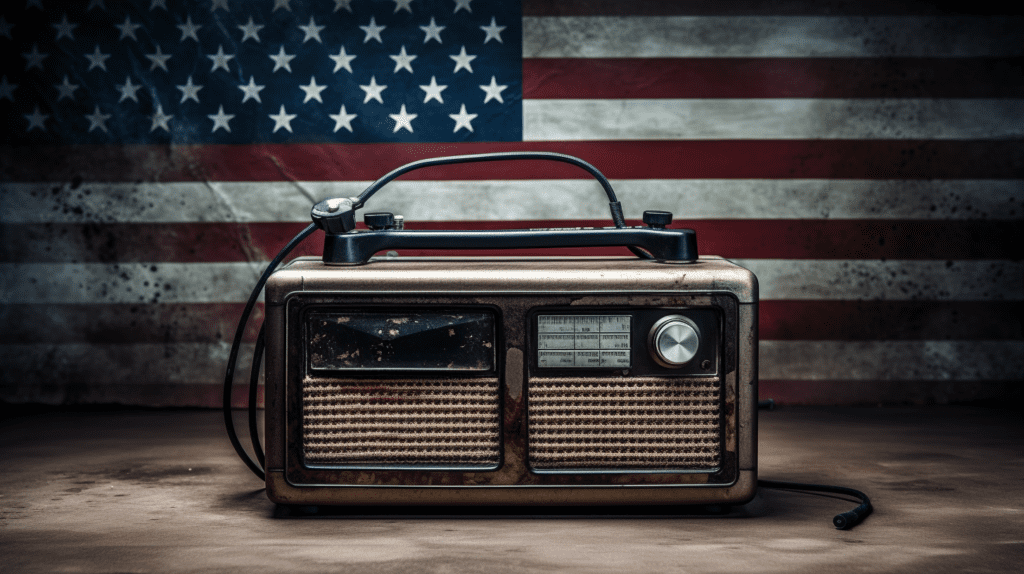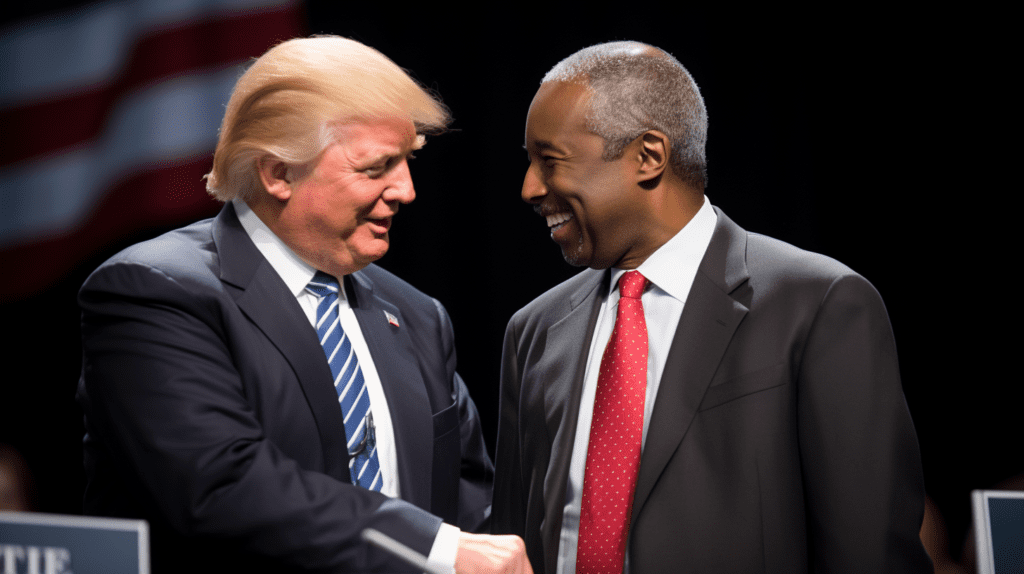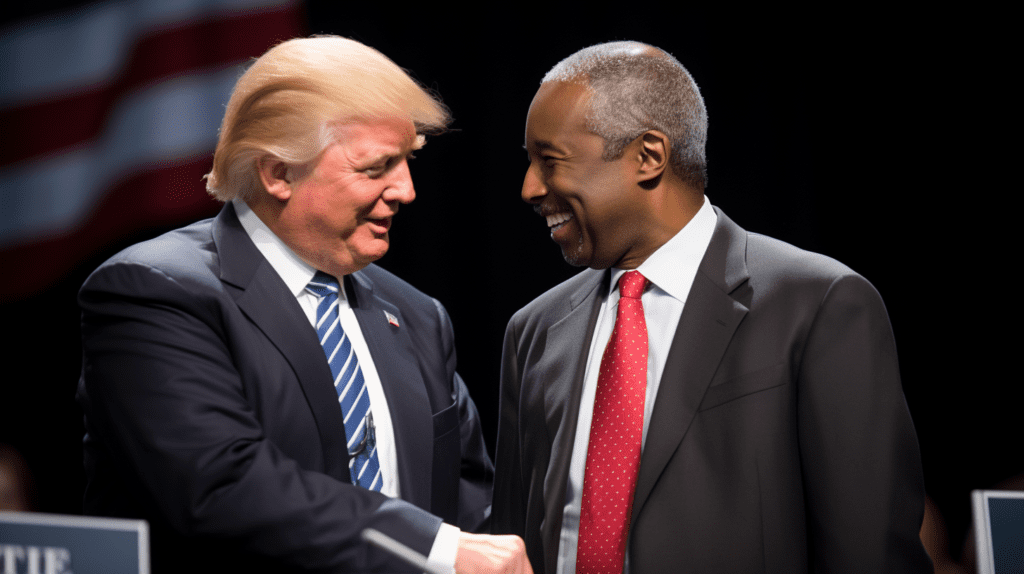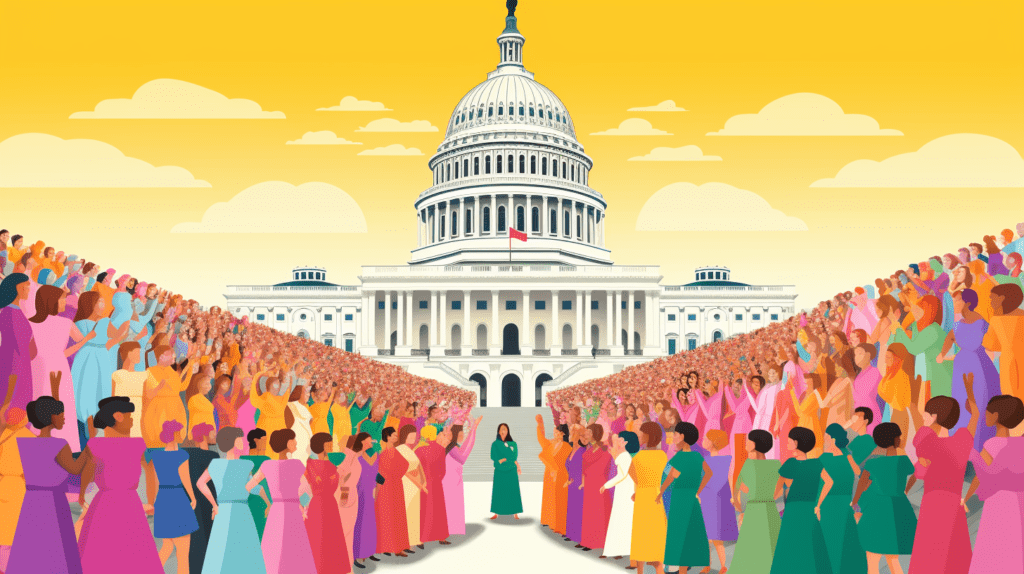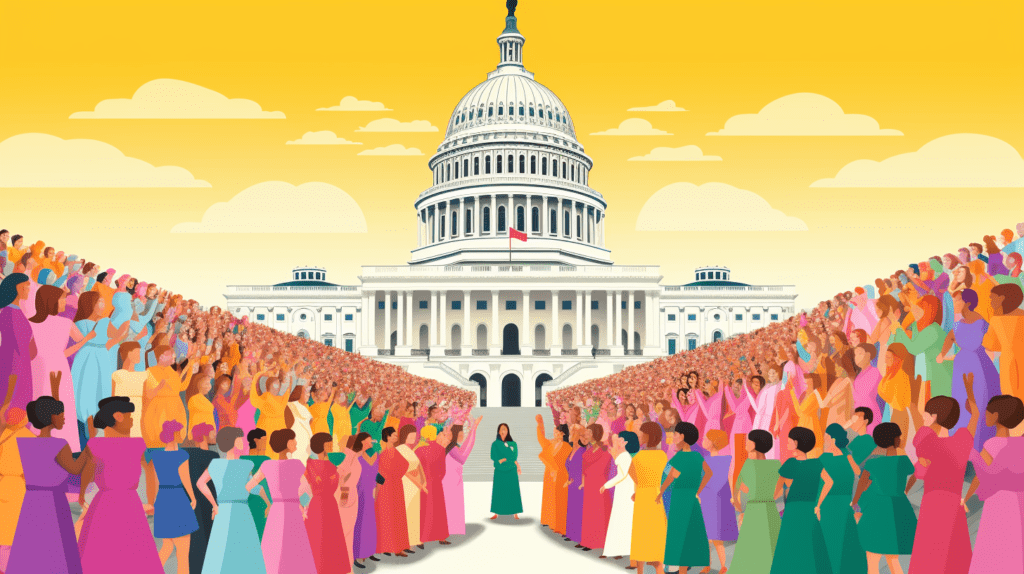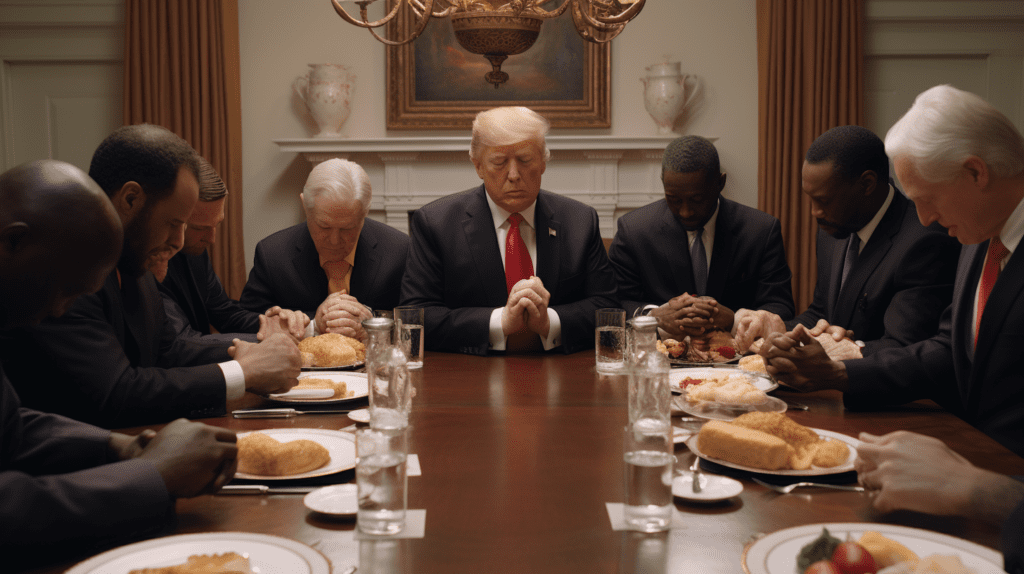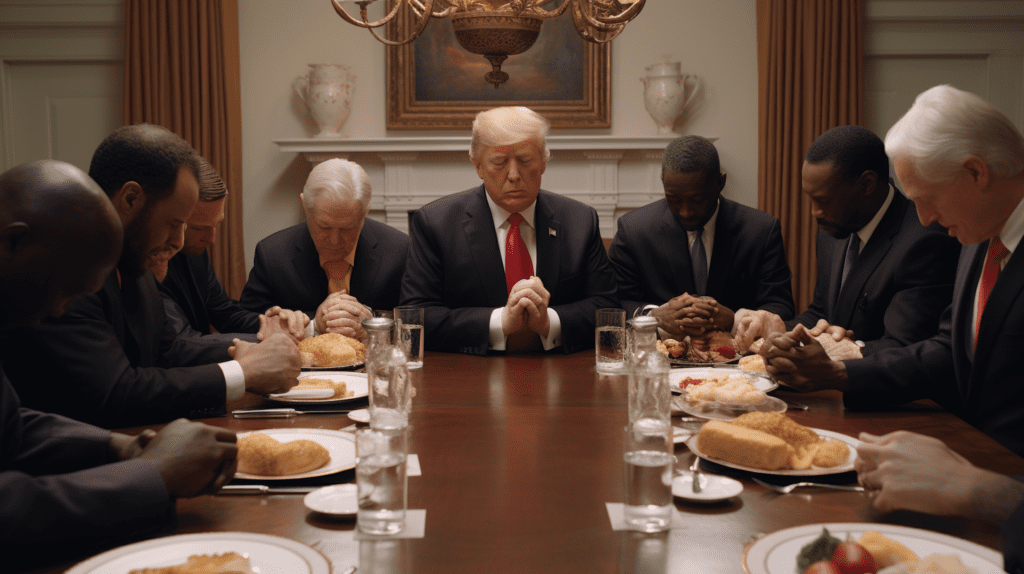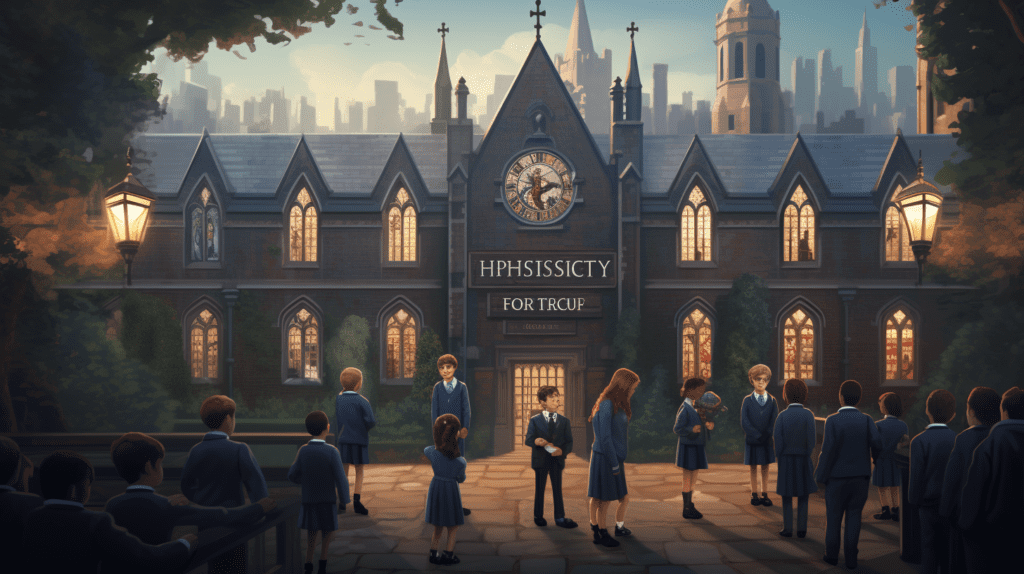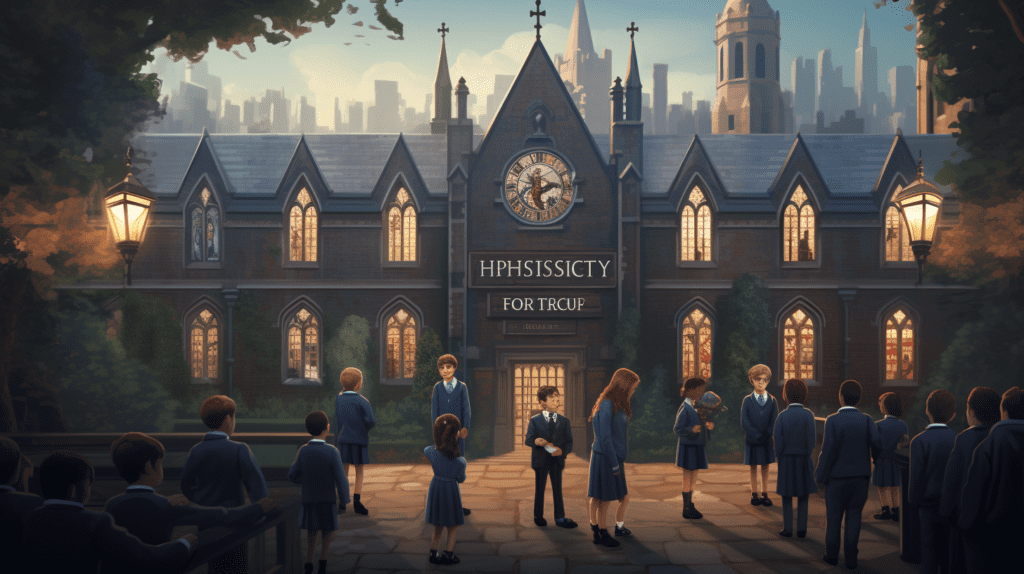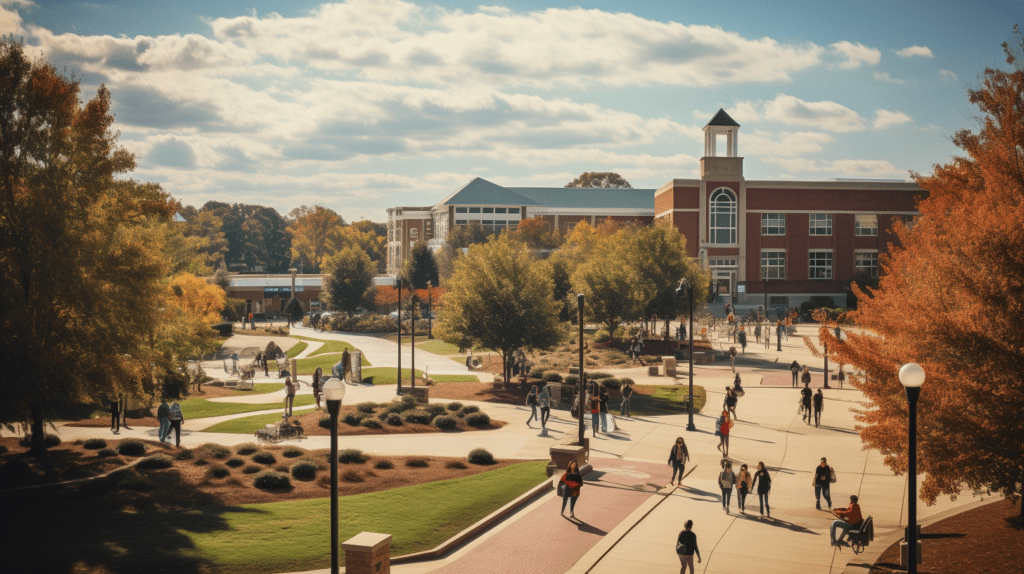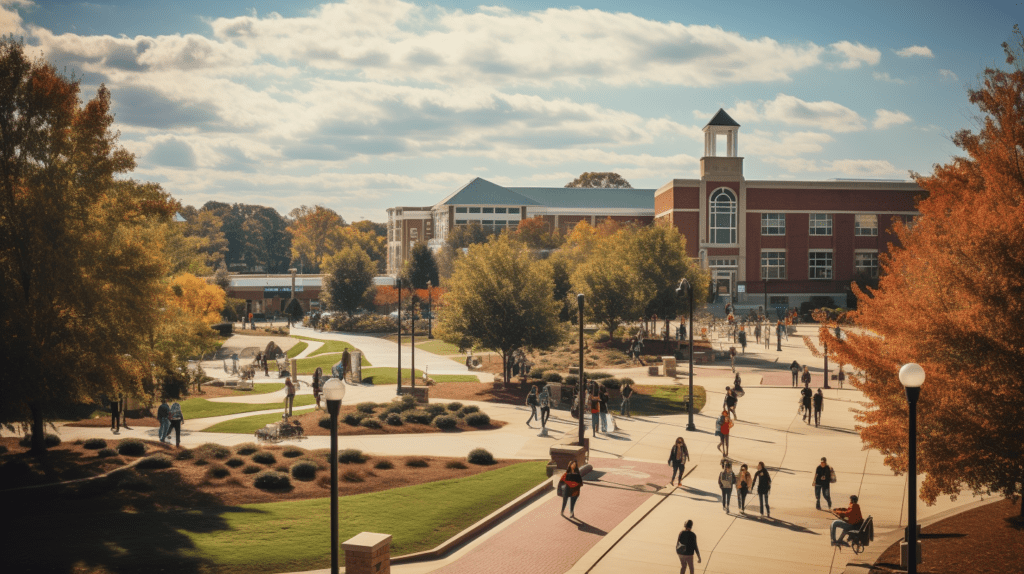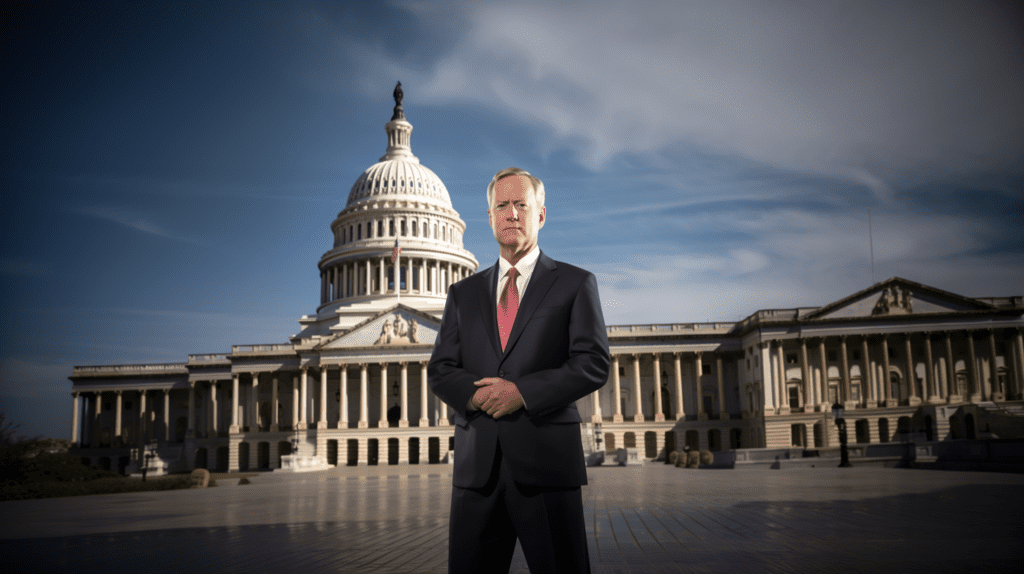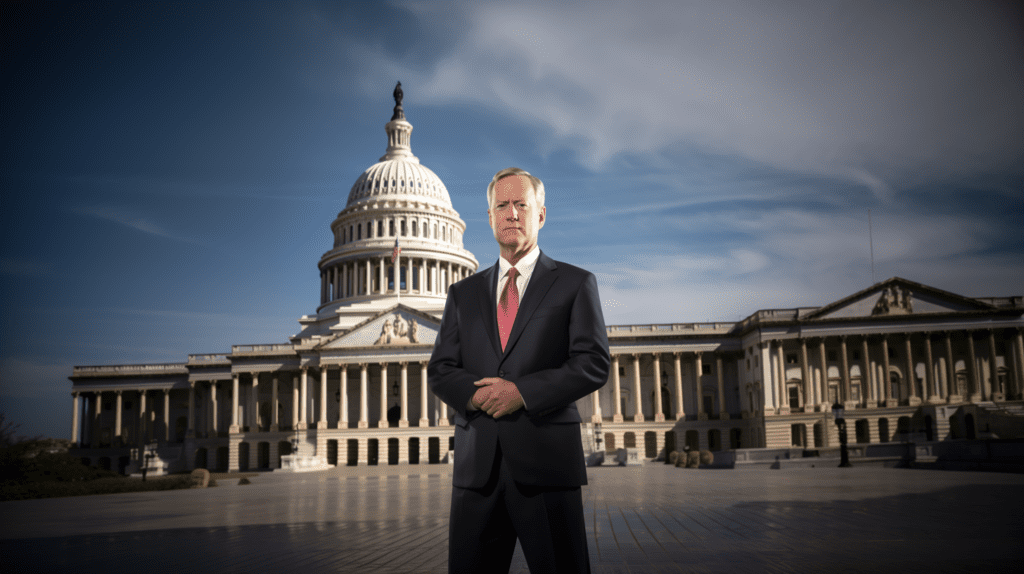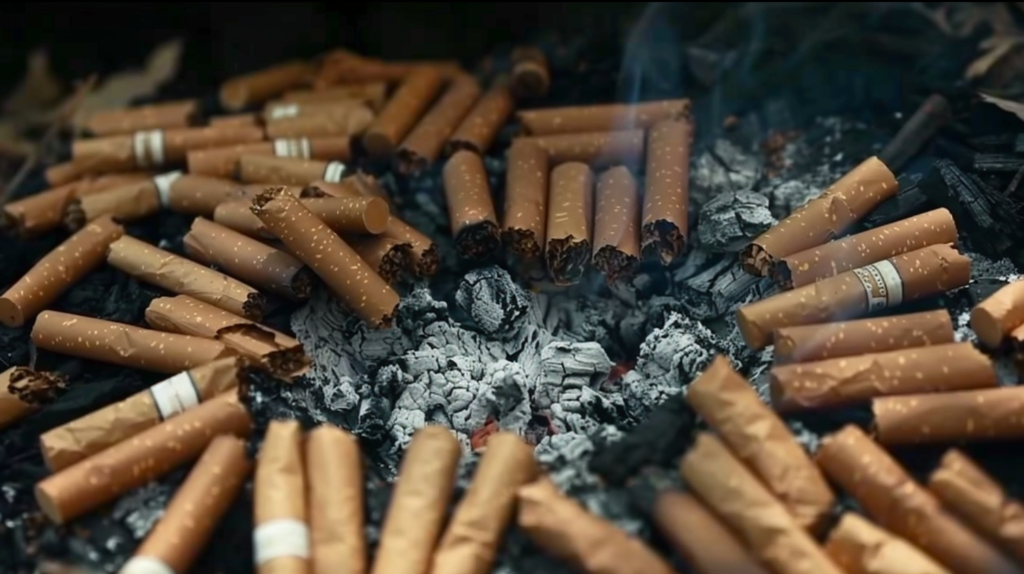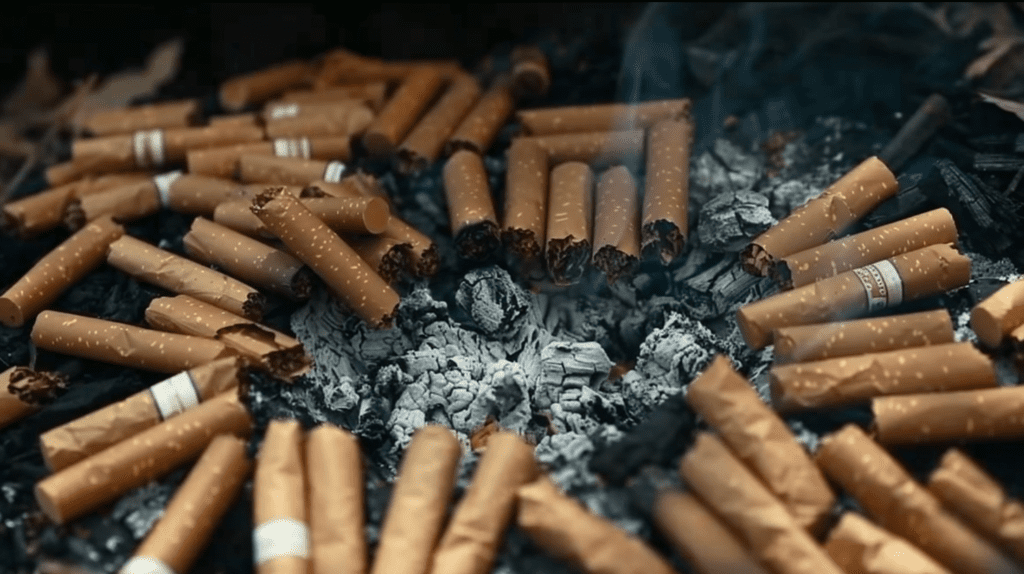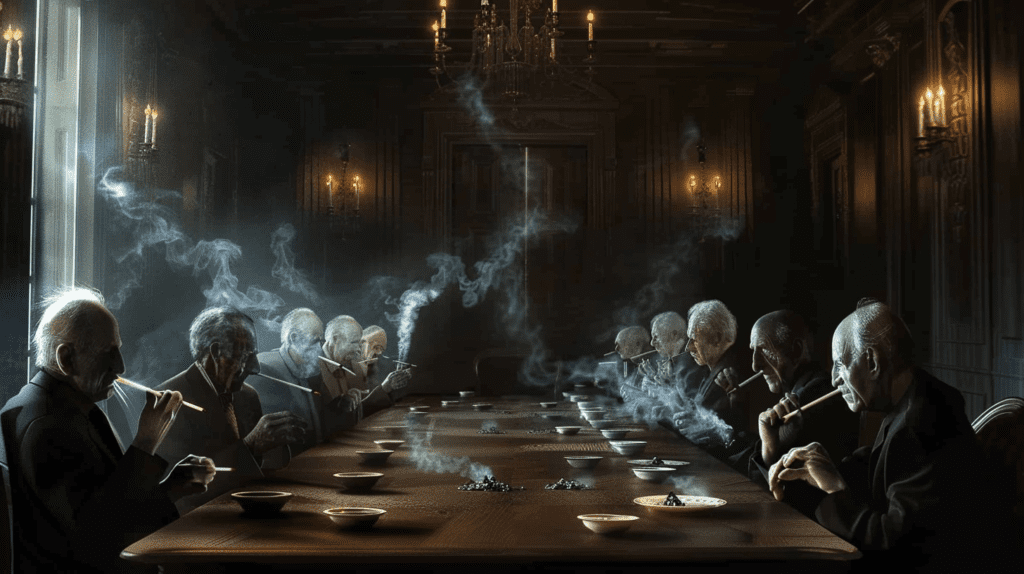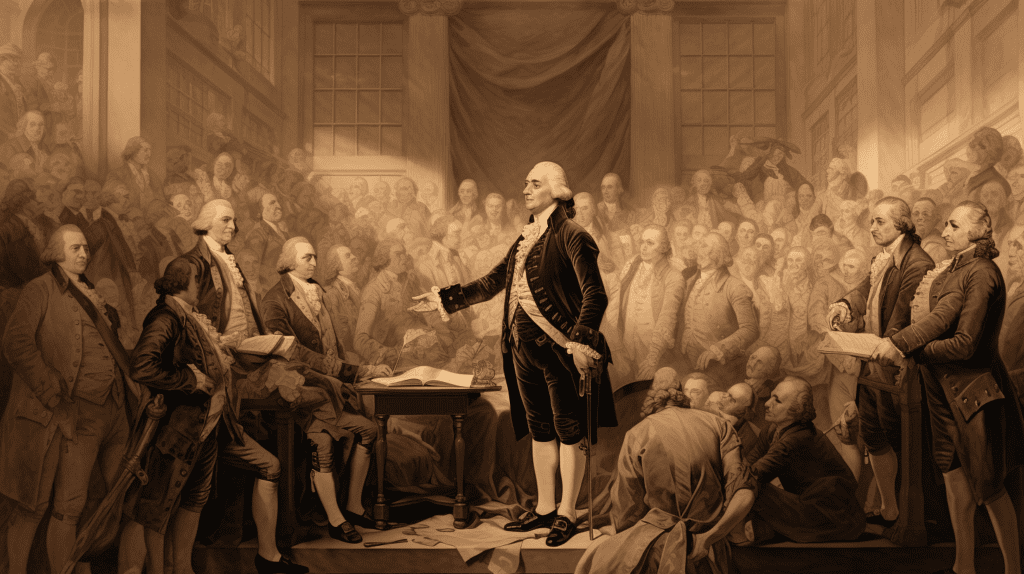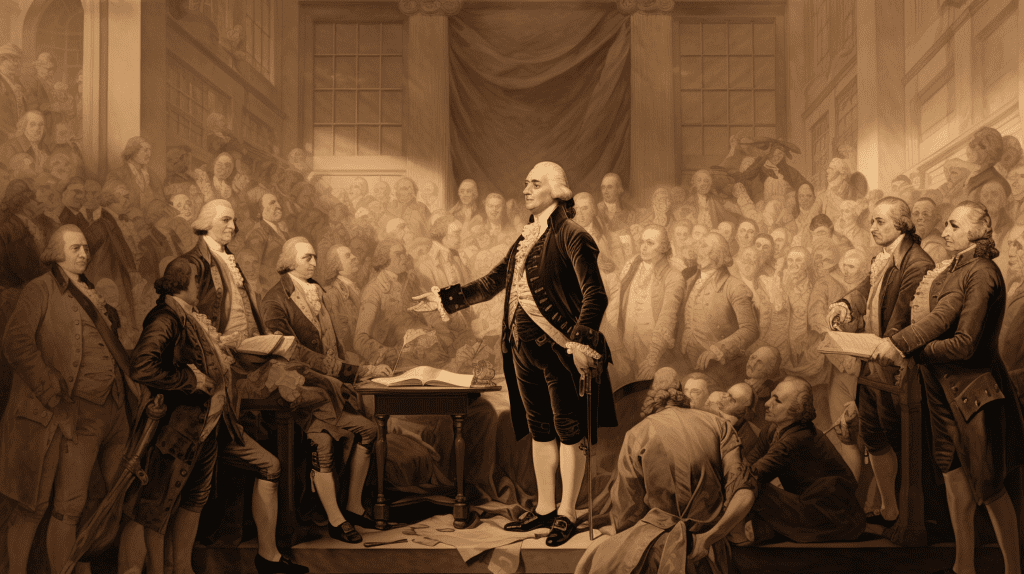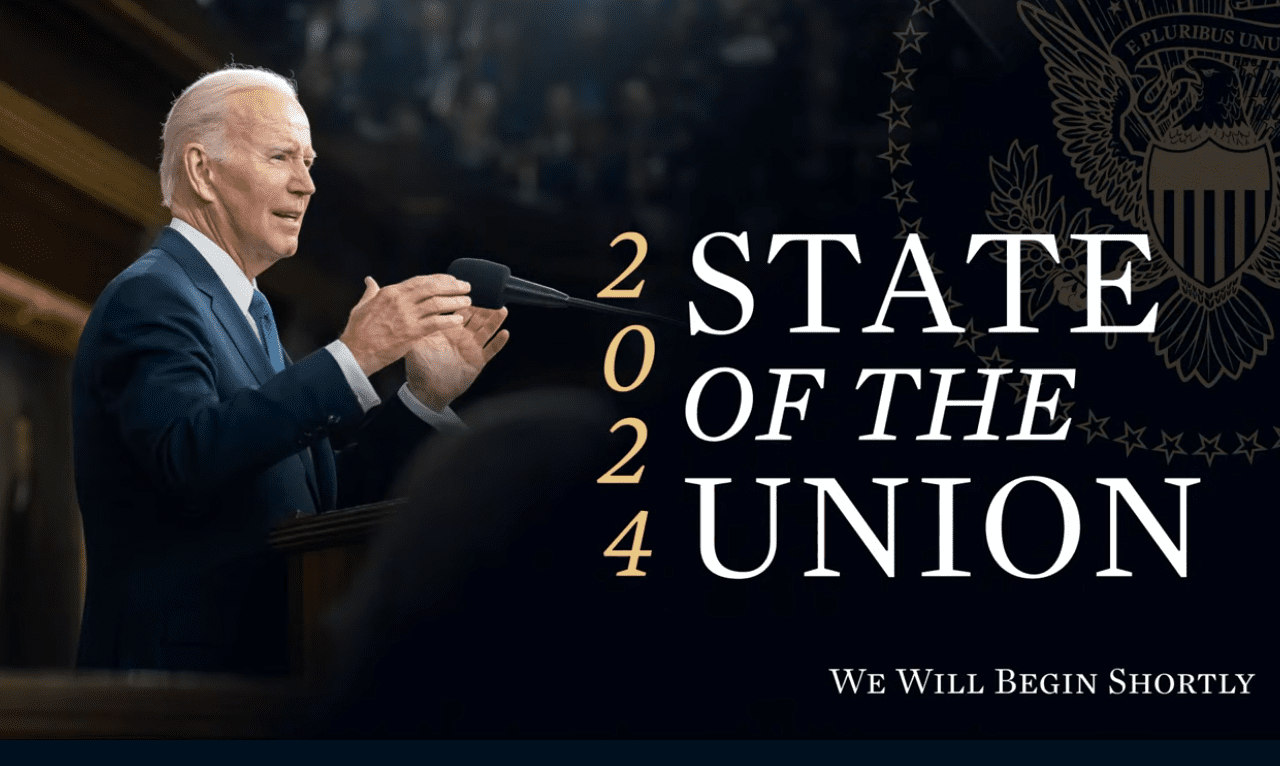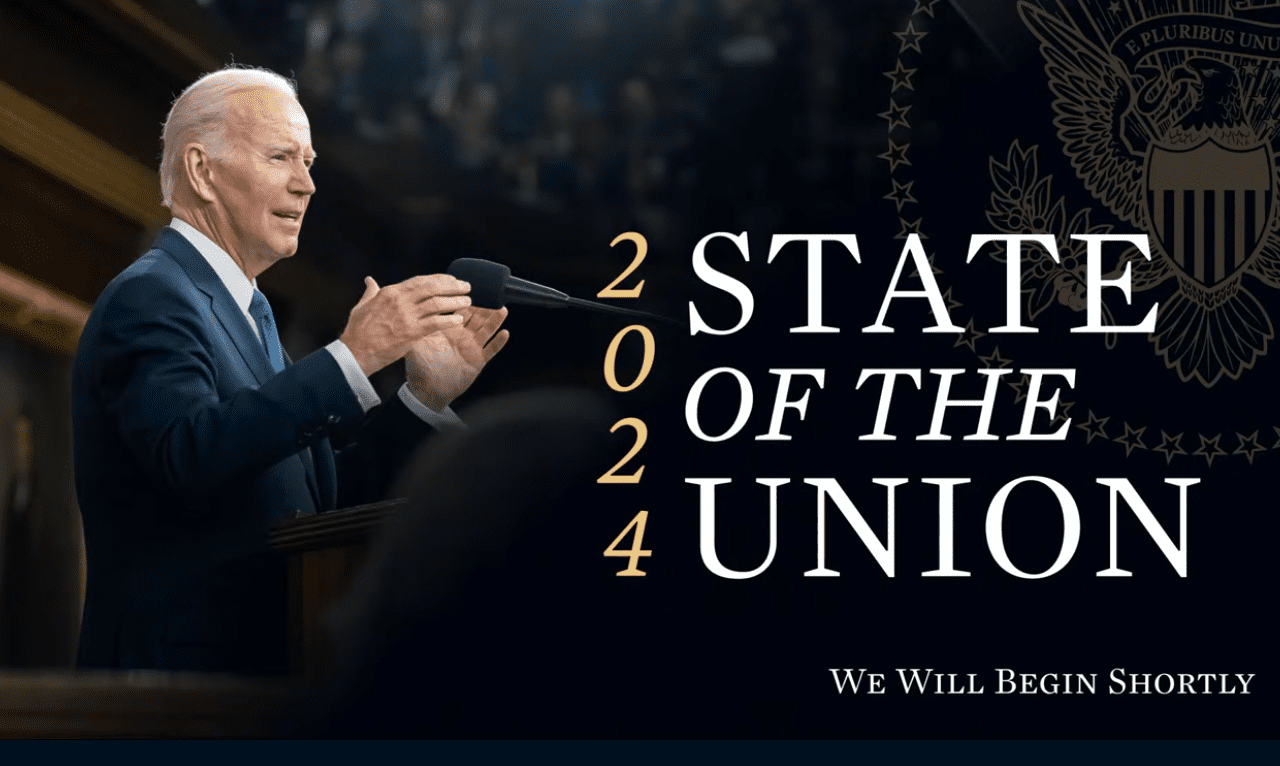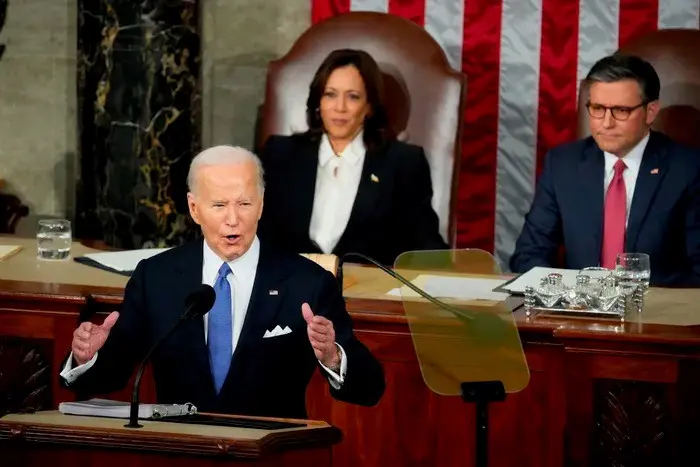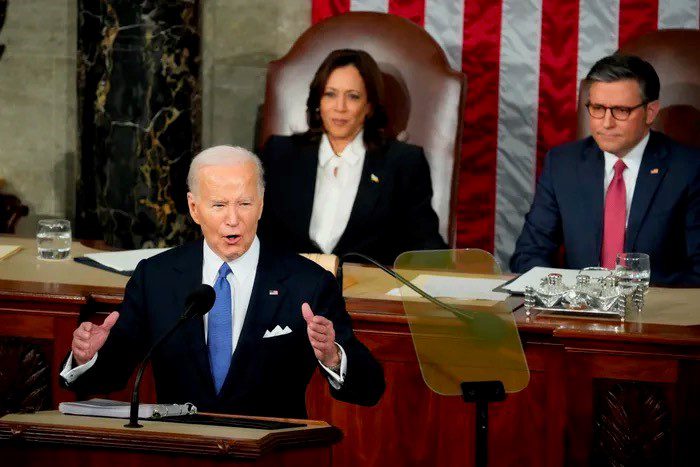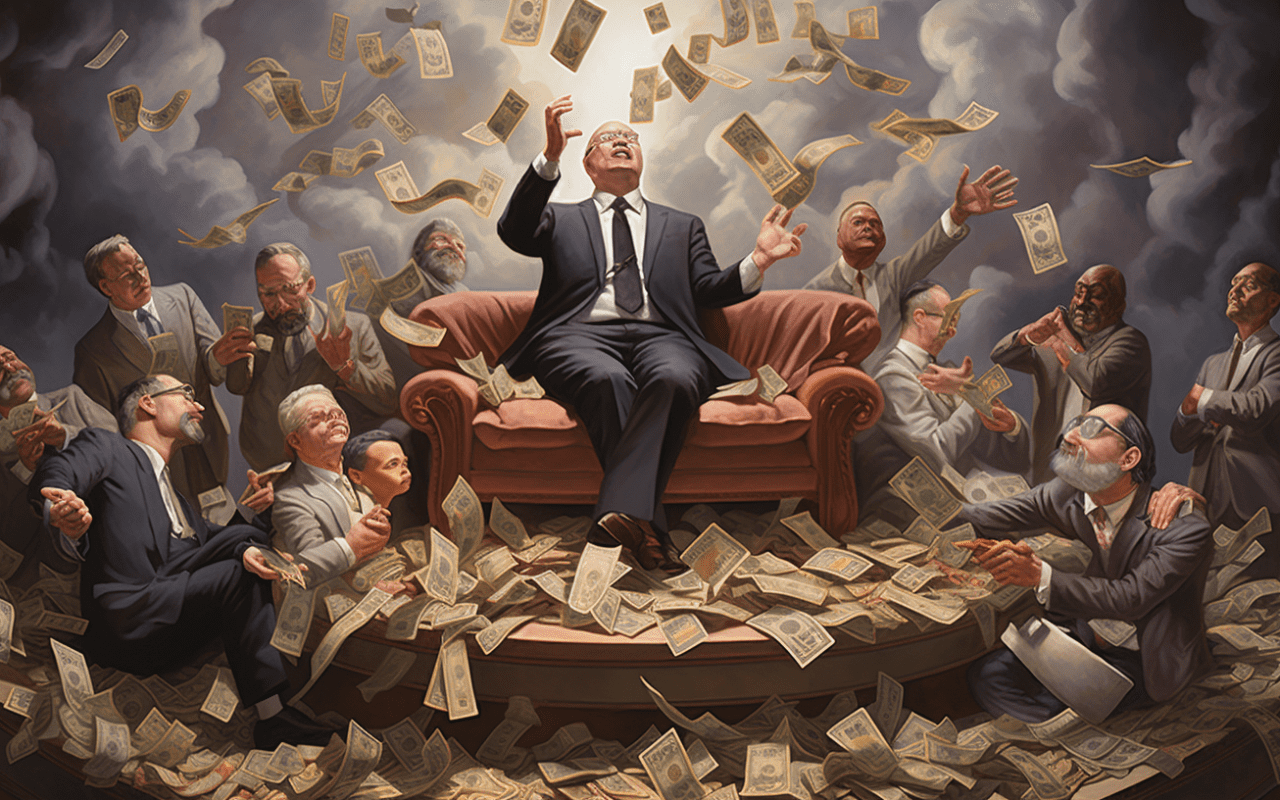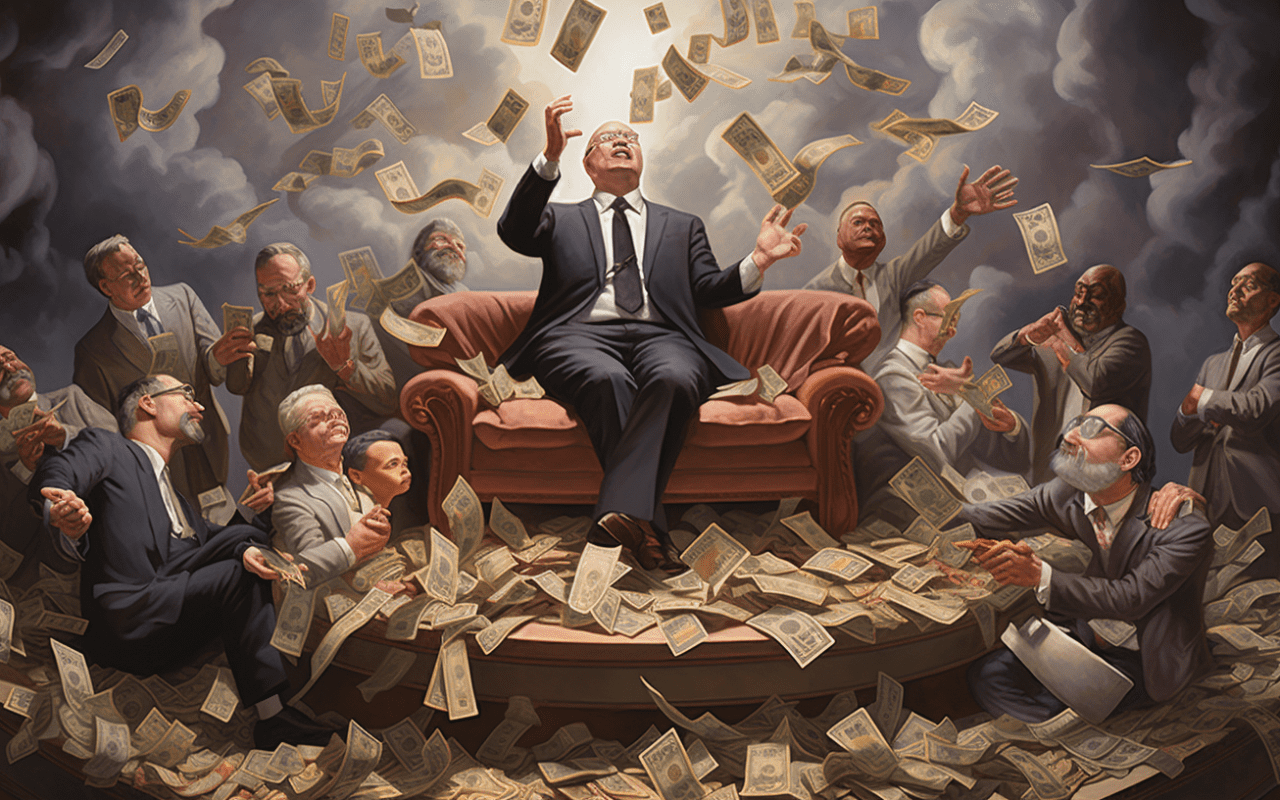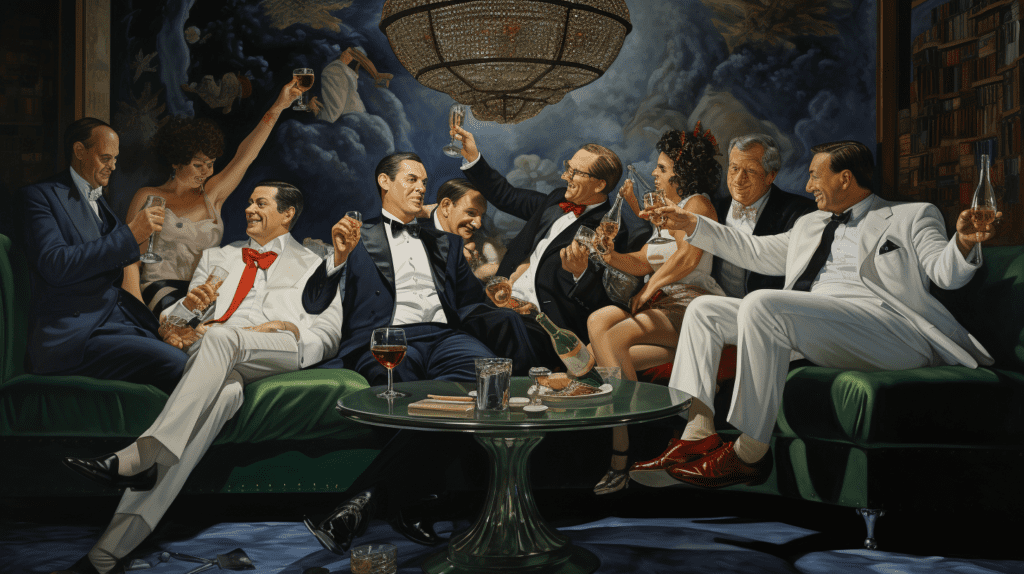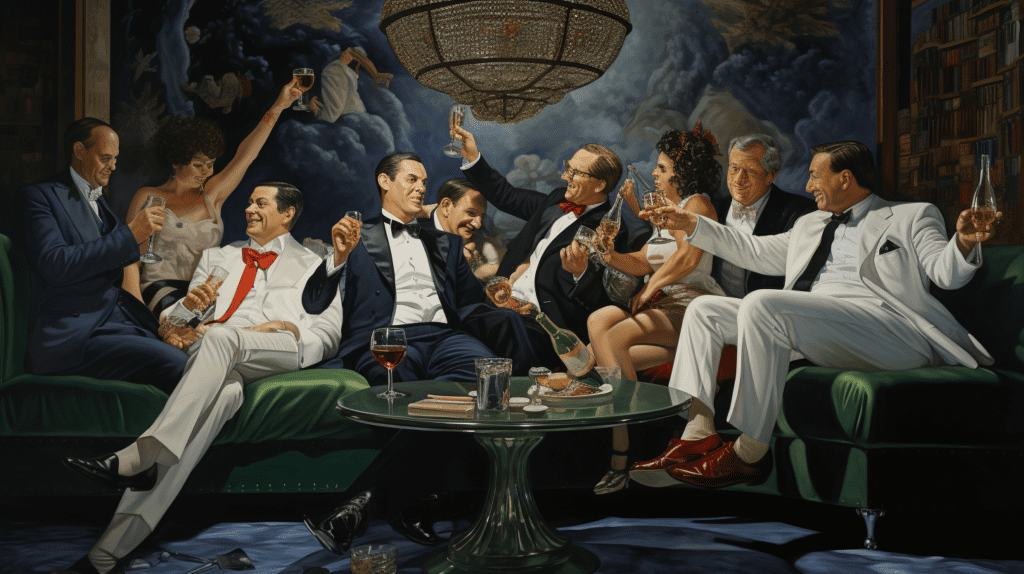Biden gave a fiery speech in Detroit on Friday and pitched his plan for his second term’s first 100 days, if given a Democratic Congress. Which would mean that by around May of 2025 we could have the following nice things:
- Restore the protections of Roe v. Wade
- Raise the minimum wage
- Ban assault weapons
- Sign the John Lewis Voting Rights Act and the Freedom to Vote Act
- Eliminate medical debt
- Protect unions and the right to organize
- Continue to lead the world in the climate change energy transition
It sure sounds like a far cry from whatever fiery white supremacist death zone backed by ravenous billionaires would be unleashed upon us in Trump‘s first 100 days (only 1 of which, we are led to believe, would be as a dictator… sure, Jan). It is the opposite direction of the literal End Times hellscape vision of Project 2025 and its Christofascist propagandists who have abused the American Evangelical church to the point of being unrecognizably distant from anything Christ himself taught.
Vote blue no matter who
I’m bored with the obsession over Biden’s age. He’s 81, he’s not 101. He certainly still passes the Turing Test to me — others apparently see something different. Superagers can go a long time these days — Charles Koch is 88 and leads both an oil empire and a conservative dark money juggernaut. Rupert Murdoch is 93 and only last year stepped down from leading one of the world’s largest media empires.
I don’t think there’s anyone in the world who can match Joe Biden’s foreign policy experience, having been at the table on major world events for decades now. He knows everybody — and has warm relationships with our allies. Unlike Trump, who has spurned everyone America has cherished and cozied up to (other) two-bit dictators with tiny hands syndrome. Biden is holding up the Western order against a revanchist Russia seeking to erode the post-Cold War consensus and spread the forces of authoritarianism widely around the globe — Trump would simply hand Ukraine to Putin and welcome the wave of illiberalism to wash over his slavering Project 2025 belligerents.
I think we urgently need Joe Biden’s unparalleled experience at this moment in history — no one else can match it. Although now Kamala Harris is no slouch in that regard either, given her 4 years of jetting around the globe as VP, years in the Senate before that, years as California AG, and a decade as the District Attorney of San Francisco before that. If Biden decides at some point in the next 4 years to stand down and hand the reins to Harris, that would be a fantastic outcome. In the meantime, why don’t we give the man some respect for his own self-assessment?
